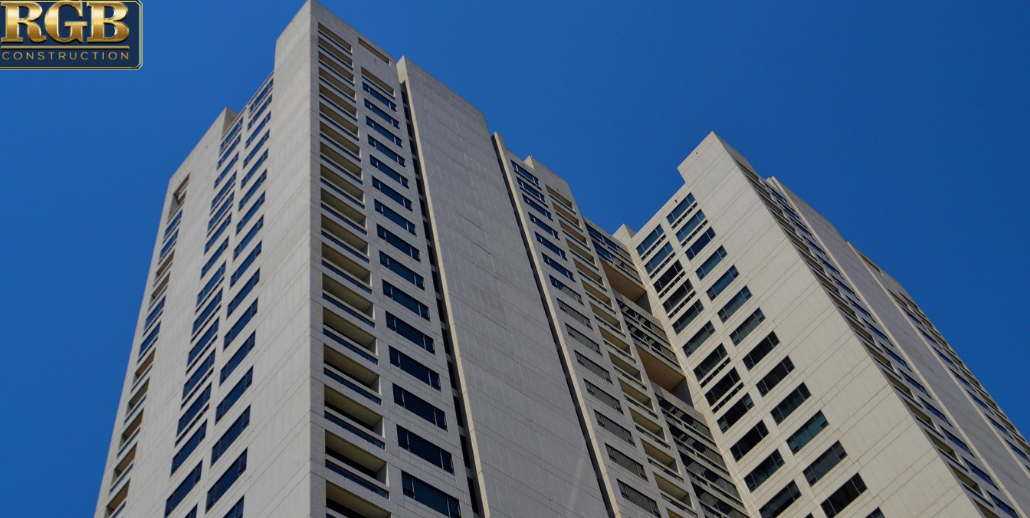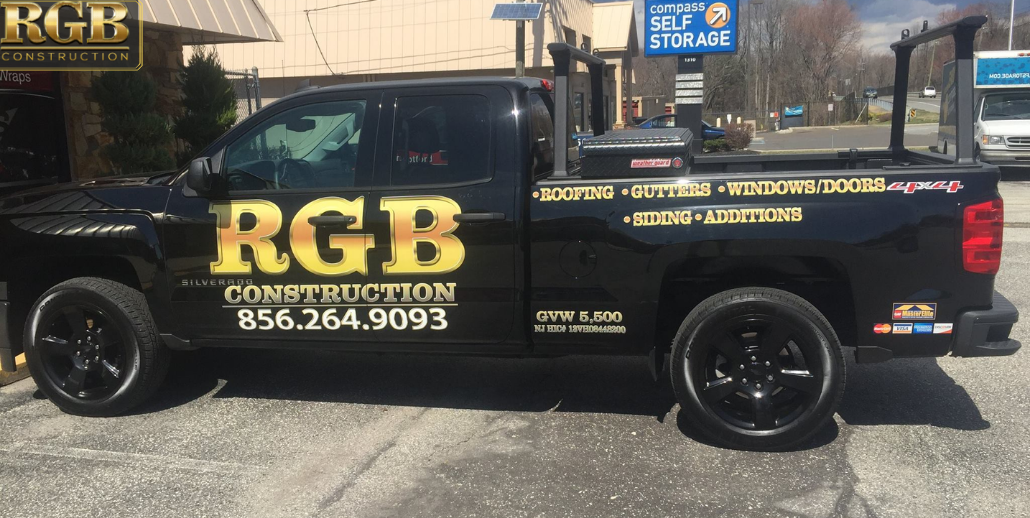Although flat roofs are most commonly found on commercial buildings, it is also not uncommon for a residential building to have a flat roof. This type of roof has several advantages, according to the roofing experts at RGB Construction, but it is important to understand the different types of flat roofing before choosing one for your residential or commercial building.
Benefits Of Flat Roofs
Flat roofs are very common in larger buildings as they provide a surface for equipment that is necessary to keep the building comfortable, such as HVAC equipment, solar panels, or skylights. Keep in mind that flat roofs are not actually flat. They are slightly sloped in order to allow water to drain from the roof. However, because drainage is slower on a flat roof than on a sloped roof, it is important that any material used on the roof is watertight and sealed.
Built-Up Roofing
Built-Up Roofing (BUR) is a commonly used surface for flat roofs, especially those on commercial buildings. It consists of hot tar and gravel with layers of tar applied between layers of waterproof ply sheets. There are usually at least three layers with a final layer of gravel or smooth river stones applied as the final layer. This type of roofing is very affordable and meets higher ratings than other types of roofing material, including better fire ratings as the stone is a natural fire retardant. There are some disadvantages, however. The roofing can emit a strong asphalt smell and installation is messy. It is also difficult to remove and is much heavier than other types of roofing materials which adds weight to an existing building.
Low Slope Metal Roofing
Metal roofing is extremely durable and has grown in popularity, especially for residential buildings. It is attractive, decorative, and needs very little maintenance. A low slope metal roof made of copper, zinc and aluminum is weather resistant and energy efficient as they reflect the sun’s rays, keeping your home cooler. Because metal can be formed in many shapes, you can create a unique roofline that may actually add value to your home.
PVC Membrane Roofing
One type of material used on a flat roof is PVC membrane, created from scrim, a flexible, heavy-duty polyester fabric. The material creates a bonded seal, preventing water penetration. It is also commonly used as a vapor barrier in basements. Once installed, the PVC membrane is laminated with PVC thermoplastic that is UV-resistant. One benefit of PVC membrane is that it is lightweight so that it does not add weight to an existing structure. Therefore, it can be layered over an existing roof structure, reducing material added to landfills.
Rubber Membrane
A rubber membrane roof, often called EPDM, is durable and lightweight. It is less puncture resistant than PVC membrane although the recycling ability between the two roofing materials is about the same, according to RGB Construction. The rubber membrane is usually a darker color than other forms of roofing which could result in heat absorption in warmer climates which may increase energy costs.
Thermoplastic Polyolefins
Thermoplastic Polyolefins (TPO) consist of a blend of two different types of rubber and are recommended over EPDM in warmer climates due to their light color. Because it is white, it reflects sunlight which can lead to lower energy costs. TPO is easy to install and can be mechanically attached or fully adhered to the roof deck. It is extremely durable and versatile, making it a very popular option for flat roofing materials.
High Rise Buildings
One advantage to a flat roof on a high-rise building is that it adds another level of space that can be used by the occupants of the building. Many condominiums and hotels now offer outdoor space on the roof that includes gardens, communal gathering areas, exercise areas, and swimming pools. Even high-rise office buildings are creating what is known as “green roofs” with grass areas, trees, and seating where employees can enjoy lunch, occupants can hold meetings or celebrations, or just to add places where people can get sunlight and fresh air. Even some residential buildings are using the green roof concept to create additional living space in their home.
Flat Roof Costs
The cost of a flat roof will depend on many factors. A roofing company will base the price on whether the old roof must be removed or a new roof can be placed over the old one. The amount of insulation necessary to retain energy efficiency will also have an impact on the cost of the roof. If your roof is difficult to access, the cost will be higher as will the difficulty of installing the new roof. The contractor will also base the price on the total area and the type of material you choose.
Roof Slope
As mentioned, flat roofs are not actually completely flat. They are usually sloped between one and five degrees. If the roof is to be accessible, a slope of up to two degrees is recommended. This is to allow water to drain from the roof rather than collect on the top of your building. Water that collects on your roof could result in leaks and roof damage. A vapor barrier must also be installed to protect the insulation, usually either bitumen felt or aluminum foil.
If you are considering installing a flat roof on your residence or commercial building, you want to contact a roofing company that has experience with all types of flat roofing materials. RGB Construction has installed and repaired flat roofs using many types of roofing materials.
We also offer a 24/7 emergency number should your flat roof develop a problem. This allows us to get a technician to you as quickly as possible. If your flat roof is on your commercial building, this could help protect your inventory and keep your building safe for employees as well as customers. Contact us today by filling out the easy online form or give us a call at 800-264-9093 to see how we can help you with your flat roof.










